
The Accident and Emergency Departments (A&E) of the SHSO provide healthcare services for all incidents that are characterised as emergencies throughout the Republic of Cyprus and operate on a 24/7 basis.
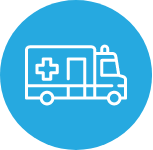 It provides Emergency Medical and Nursing Care to those who are in need of urgent medical care 24 hours a day, 7 days a week, 365 days a year
It provides Emergency Medical and Nursing Care to those who are in need of urgent medical care 24 hours a day, 7 days a week, 365 days a year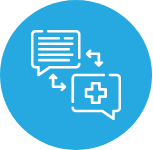 It functions as a "filter" to prevent unnecessary hospital admissions.
It functions as a "filter" to prevent unnecessary hospital admissions.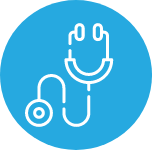 It has an Acute inpatients Unit, for short-term patient hospitalisations, for treatment or further investigation until the the decision to admit or discharge the patient is reached.
It has an Acute inpatients Unit, for short-term patient hospitalisations, for treatment or further investigation until the the decision to admit or discharge the patient is reached.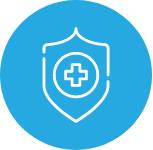 It can simultaneously treat a large number of injured patients in emergency situations (extreme weather conditions, natural disasters, acts of terrorism, pandemics), in direct cooperation with the Coordination Centres and the Pre-Hospital Unit (ACC).
It can simultaneously treat a large number of injured patients in emergency situations (extreme weather conditions, natural disasters, acts of terrorism, pandemics), in direct cooperation with the Coordination Centres and the Pre-Hospital Unit (ACC).The A&E Departments in the SHSO hospitals are highly organised, have the appropriate infrastructure and the necessary state-of-the-art equipment for the optimal treatment of severely ill patients, and their staff have the expertise to handle it properly.
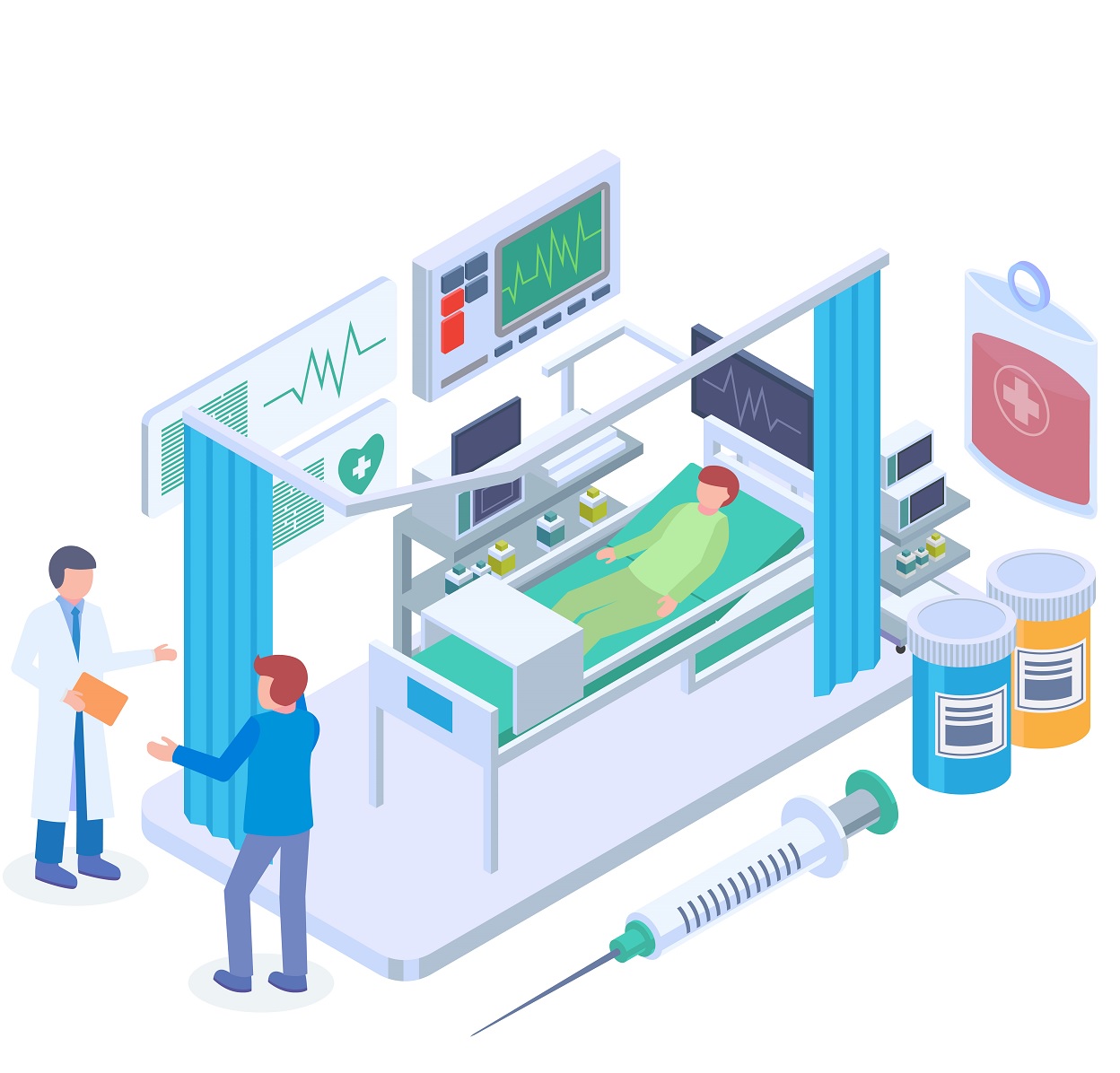
All Imaging Departments (Regular X-rays, Ultrasound Department, CT and MRI), as well as the Clinical Laboratory (Haematology, Biochemistry) of the hospitals, cover the needs of the A&E Departments on a 24h hour basis, for providing all laboratory and imaging tests that are deemed necessary for each patient. The Blood Banks of the hospitals are available to the A&Es on a 24 hour basis for immediate service of possible urgent needs in blood.